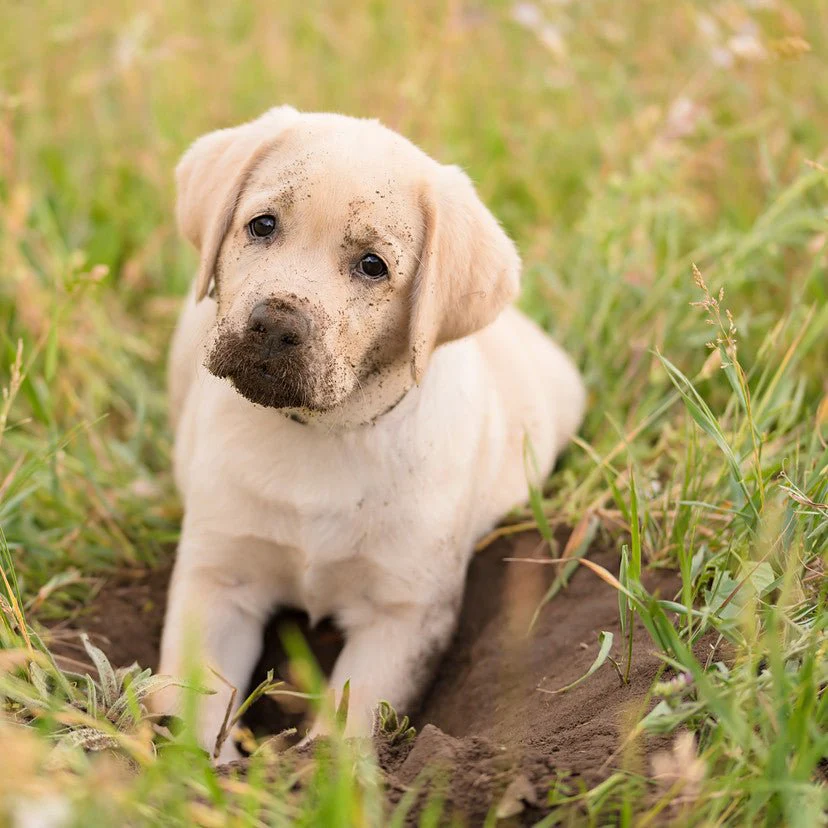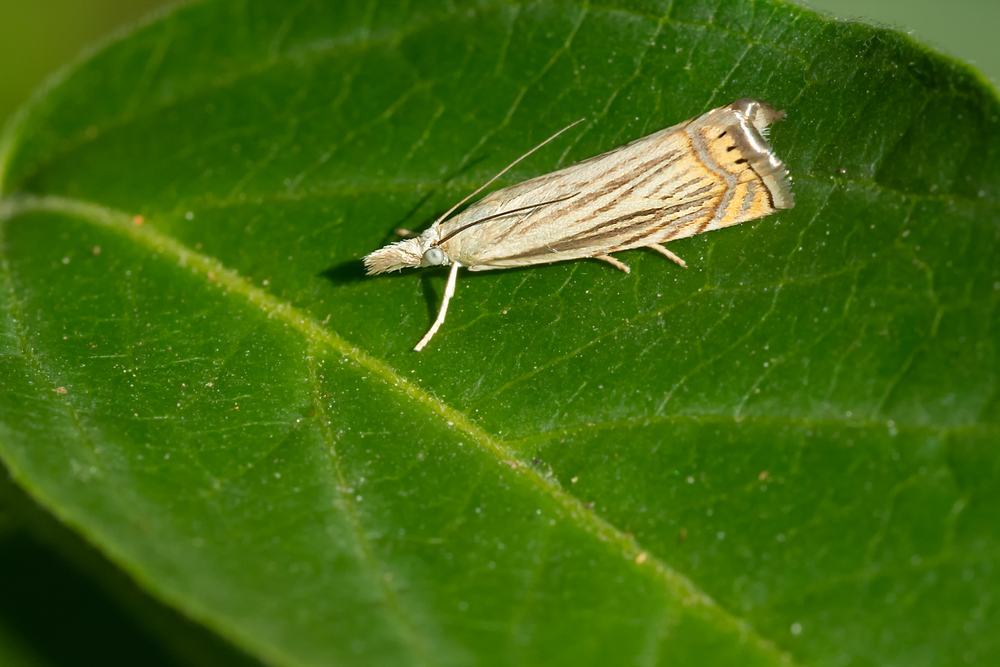Are you looking for a way to reduce the need for pesticide use in your yard? Keeping your lawn strong and healthy is a great place to start. Pesticides (insecticides, herbicides, and fungicides) are designed to kill weeds, insects, pests, and diseases that damage lawns. There are a few easy steps you can take to maintain a healthy lawn and reduce the need for pesticides.
Grass Clippings
They provide free lawn food. The most important thing you can do for your lawn is to feed it regularly, and grass clippings contain the same beneficial nutrients (like nitrogen and potassium) as lawn food, though in smaller amounts. Overall, grass clippings can provide a portion of the annual nutrient requirement for your lawn. Contrary to a popular lawn myth, leaving clippings on the lawn does not cause thatch, which is a layer of partially decomposed grass-plant parts between the soil and live grass. Grass clippings are mostly water, so as long as you mow regularly at the right height, they will break down and disappear rapidly.
Test Your Soil
Test your soil to find out exactly what it needs to stay strong and healthy. The soil under your lawn feeds your grass, shrubs, and trees. Over time, important nutrients become depleted, affecting the health of your grass and other plants. By obtaining a reliable soil test every few years you can monitor your lawn’s nutrients and add only what is needed.
Control Weeds
The best weed control is having a dense, healthy lawn so weeds have no room to thrive. If a weed invasion seems to be getting worse, consider why your lawn is not dense enough to initially crowd weeds out. Adjusting some of your other lawn care practices may help control the weeds. If there are only a small amount of weeds, consider removing them by hand rather than using an herbicide.
Water Deep
Deeper, less frequent watering results in deeper roots and makes more nutrients and water available for your grass to grow and thrive. Since soil dries from the surface down, grass with deeper roots is more drought resistant. Deeper watering also helps deter many weeds, especially crabgrass.
Aerate Your Lawn
Over time, the soil becomes compacted, filling the tiny spaces where air and water usually flow. Once the soil is compacted, your grass gets less of what it needs to thrive. Aeration creates holes in your lawn, allowing air pockets to return so water, oxygen, and nutrients can flow more easily through the soil to the roots of your grass. Aeration encourages deeper root systems, making your lawn hardier and less susceptible to drought, damage, disease, and pests.





